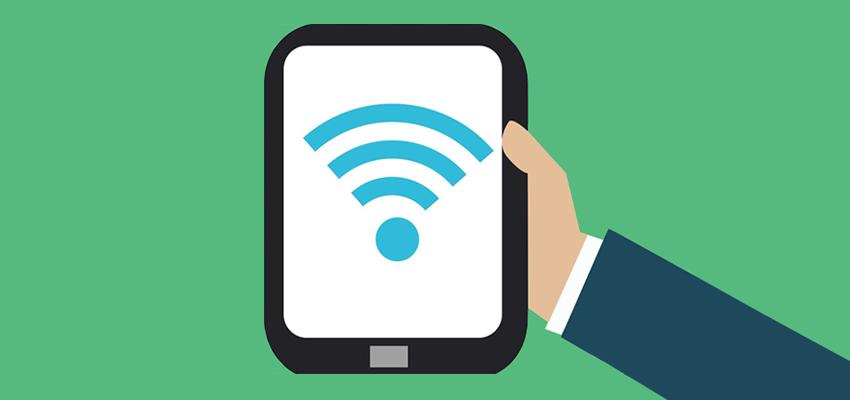
What Is a Wi-Fi and How does it Work?
Posted April 4, 2020, 7:36 a.m. by Emil S.A lot of people believe that Wi-Fi is an acronym. They think the terms mean wireless fidelity. This is a mistake since Wi-Fi is not even an acronym. And although it is often used as a synonym for wireless, this is wrong since wireless is a much broader term.
Wi-Fi is the wireless networking protocol that helps devices communicate without the need for direct cable connections. It is the most popular wireless way to transmit data within a fixed location. Wi-Fi is a Wi-Fi Alliance trademark. The Wi-Fi Alliance is an international association of companies that are involved with wireless products and LAN technologies.
You will find sometimes that Wi-Fi is also spelled out as "wifi," "WIFI," "Wifi," and "WiFi" but these spellings are not officially approved by the Wi-Fi Alliance. The word “Wi-Fi” is an industry term made up to constitute the type of wireless local area network protocol in line with the 802.11 IEEE network caliber.
How does Wi-Fi Work?
To get a Wi-Fi connection, the main requirement is to have a device that can transfer the wireless signal. This device can be a computer, router, or phone. In a normal household, a router is being used to transmit the Internet connection from your Internet service provider and the router delivers the connection to nearby devices that are using its network.
You can also use a Wi-Fi hotspot instead of a router to get wireless or wired Internet connection for your computer or phone. It works similarly as a router does. The source of the connection may sometimes differ from one household to another but they will still be getting the same result. The result is a wireless signal that allows devices to link to the main transmitter.
From the user's perspective, Wi-Fi is just access to the Internet from a wireless device. A lot of modern devices can support Wi-Fi and these devices can access your network so that they can also go online.
Is Wi-Fi Free?
Just because it is wireless does not mean there are no strings attached financially. For Wi-Fi to work, you still need to get the signal from an Internet service provider and you still have to pay for that service. Places providing free W-Fi access like hotels, restaurants, libraries, and coffee shops are still paying an Internet service provider.
If you had Wi-Fi installed in your home and you have a couple of devices that go online, you are not paying for these devices individually so you can enable Wi-Fi for all your devices because it will not affect your bill. What determines the cost is if you have an Internet plan with a data cap. If you have a data cap of 100 GB per month, you will be paying for that amount of data no matter how many devices you have. Consuming fewer data will not mean you are paying less too. You still get billed for that 100 GB whether you have consumed it all or not. The bills from your Internet service provider will usually be paid monthly.
Most Internet connections at home do not have data caps which makes it possible for you to use up hundreds of gigabytes per month. Because of this, you can download a lot of movies, music, and so many other things and you can even stream your favorite TV shows and movies online all day.
You have to be more cautious when using mobile data to have an Internet connection for your phone since most cellular service providers have data caps. For instance, the plan you have with your cellular service provider allows you to use a limit of 10 GB data per month. If you go beyond that limit, you will get a slower connection or you can get charged extra fees for pushing the plan over its limits. This is why smartphone users will prioritize using a Wi-Fi hotspot connection over their mobile data connection.
How to Set Up and Get Wi-Fi Access
To get Wi-Fi for your home, you will need a wireless router. Then, you need to have access to the router's administration management page to tweak the configuration settings such as the network name, Wi-Fi password, and the Wi-Fi channel. It is important to change the default settings to make it more personal. Changing your network name will help you and members of your household identify your Wi-Fi network easily. Changing your password to a stronger and more personal one means that only members of your household get to enjoy your Internet connection and the neighbors will have a hard time leeching on your connection.
The steps to configuring a wireless device to connect to a Wi-Fi network is pretty easy. It only takes a few seconds once your router and Wi-Fi connection are all set up. All you have to do is enable Wi-Fi for your device, search for nearby networks, and provide the password to get connected if it requires one. If you have a device that has no built-in wireless adapter, you can buy a Wi-Fi USB adapter so that the device can go online.
